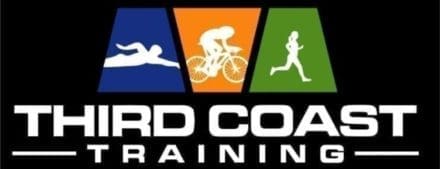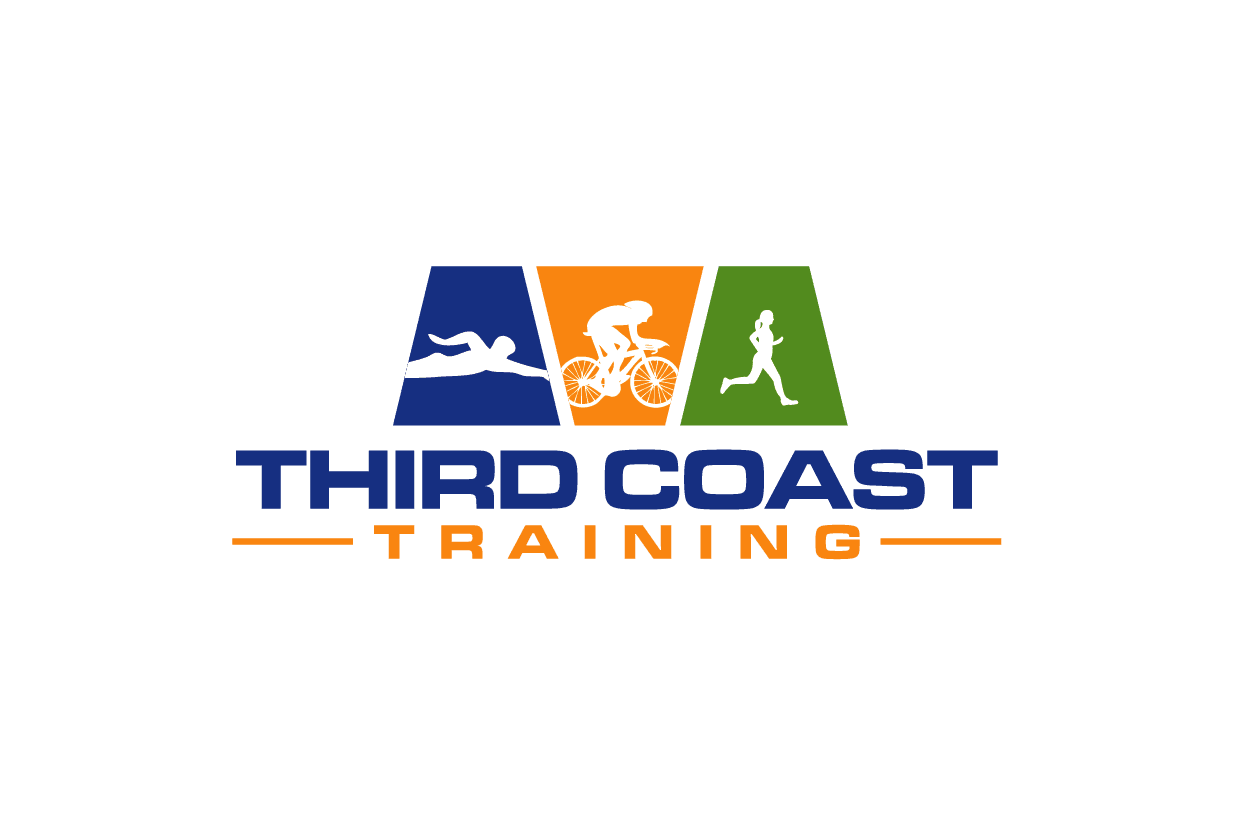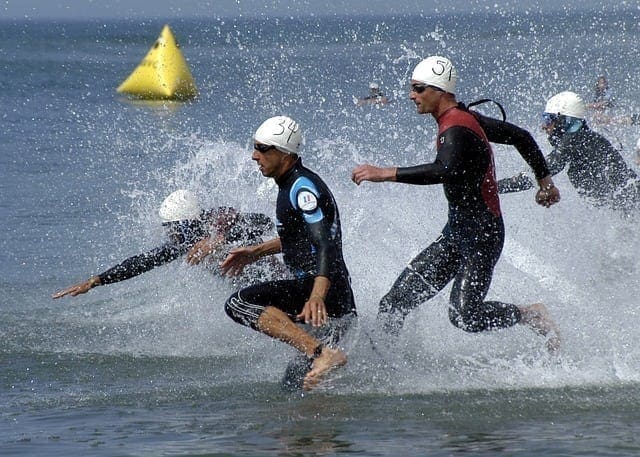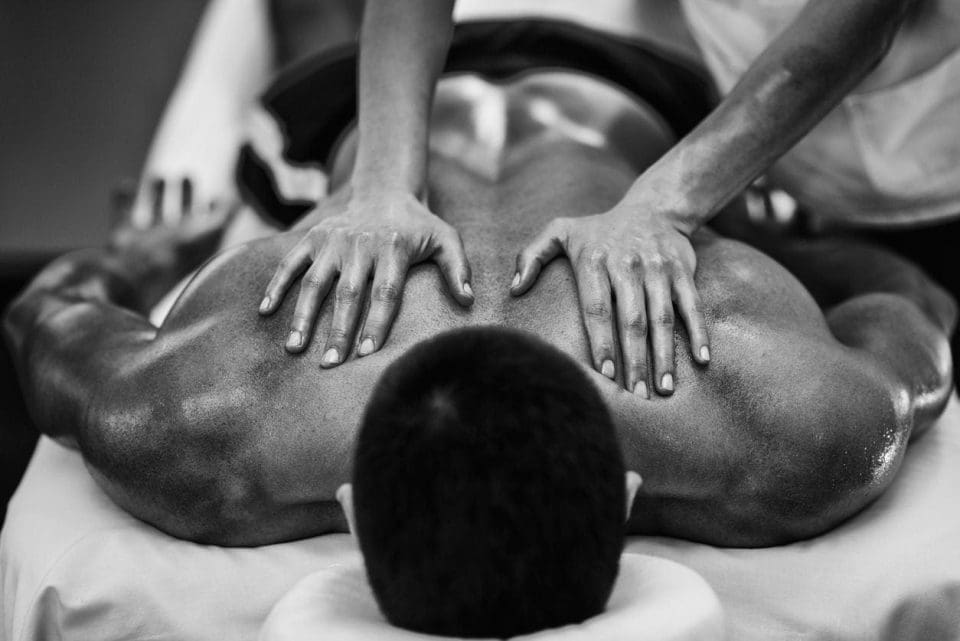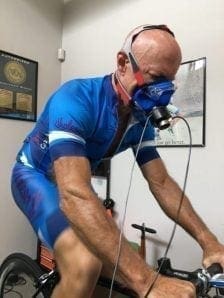Strength Training For Runners
December 7, 2021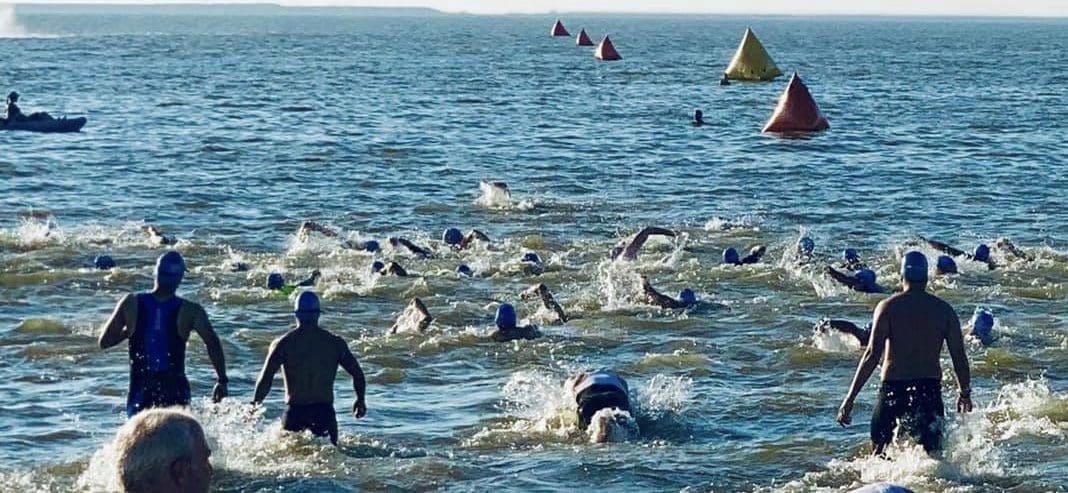
The Importance of Swim Lessons for Triathlon Training
February 15, 2024
Photo byFotoEmotions onPixabay
## Introduction
As a triathlete, mastering the freestyle swim stroke is essential. Not only is it the fastest and most efficient swimming stroke used in competition, but it’s also a favorite among experienced swimmers. In this comprehensive guide, we will explore the key elements of the freestyle swim stroke and provide valuable insights for triathletes looking to improve their performance in the water.
The Basics of the Freestyle Stroke
The freestyle stroke, also known as the front crawl, is characterized by its alternating arm and leg movements. It involves a coordinated effort of the entire body to maintain balance and propel through the water efficiently. Let’s dive deeper into the technique of the freestyle stroke.
Body Movement
In the freestyle stroke, the body is positioned horizontally, facing down in the water. It rolls from one side to the other, with the arm pulling in the water on the same side. The head remains in a neutral position, except during breathing. To breathe, the body rolls further to the side, allowing the mouth to come above the water surface.
Arm Movement
The arms in the freestyle stroke execute a continuous cycle of movement. One arm pulls underwater from an extended forward position to the hip, while the other arm recovers above water from the hip to the extended forward position. This alternating arm movement creates a fluid motion and propels the swimmer forward.
- Starting position: The arm is extended forward underwater after the previous arm recovery.
- Downsweep: The forearm moves down, while the upper arm moves outward and backward to prepare for the next phase.
- Catch: The forearm and palm are in line, vertical and facing backward, while the upper arm is outside the shoulder. This marks the beginning of the propulsive phase.
- Insweep: The arm moves as a unit, pulling at the water. The upper arm moves backward and inward, while the hand sweeps from outside the shoulder to below the belly.
- Upsweep: The hand changes direction and moves from below the belly toward the hip, pushing against the water. Simultaneously, the body rolls onto its side to allow the hand to move freely.
- Release: The arm leaves the water at the hip, with the elbow leading, followed by the forearm and hand.
- Recovery: The arm swings forward, with the forearm relaxed and dangling.
- Entry and extension forward: The hand re-enters the water, and the arm extends forward underwater. The head and body roll back to a neutral position.
- Synchronization of arms: As one arm recovers and the other pulls, the swimmer maintains a continuous and fluid stroke.
Leg Movement – The Flutter Kick
In the freestyle stroke, the legs perform a flutter kick. This kick involves small, fast movements with stretched feet, while the hips and knees bend slightly. The legs execute alternating and opposite movements, with one leg moving up while the other moves down, and vice versa. The flutter kick complements the arm movements and is performed continuously throughout the stroke cycle.
Common Mistakes in Freestyle Swimming
Even experienced swimmers can make mistakes in their freestyle technique. Let’s explore some common mistakes and how to overcome them.
Putting on the Brakes
A common mistake in the freestyle stroke is pushing water forward during the underwater phase at the end of the arm recovery. This creates drag and slows down the swimmer. To avoid this, focus on maintaining a smooth transition between strokes and minimizing resistance in the water.
Overreaching Arm Recovery
Overreaching during the arm recovery can disrupt the rhythm and efficiency of the stroke. It’s important to avoid reaching too far at the end of the arm recovery. Instead, aim for a natural and relaxed arm movement that allows for smooth entry into the water.
Wide Arm Recovery
A wide arm recovery not only wastes energy but also creates drag and puts strain on the shoulders. To correct this mistake, focus on keeping the arm movement closer to the body during the recovery phase. This helps maintain a streamlined position and reduces unnecessary resistance.
Breathing Technique in Freestyle Swimming
Breathing is a crucial aspect of the freestyle stroke. Proper breathing technique allows swimmers to maintain a steady rhythm and supply oxygen to the muscles. Let’s explore the key elements of breathing in freestyle swimming.
Breathing Timing
In the freestyle stroke, breathing is timed with the arm recovery. Swimmers turn their heads to the side during the arm recovery, allowing the mouth to come above the water surface for inhalation. Exhalation begins as soon as the mouth is under the water surface again and continues until the next breathing arm recovery.
Breathing Patterns
There are different breathing patterns in freestyle swimming. The most common patterns include breathing with every other arm stroke, always on the same side, and breathing with every third arm stroke, alternating sides each time. Find a breathing pattern that works best for you and allows for efficient oxygen intake.
Breathing Techniques for Open Water
In open water swimming, the breathing technique may need to be adjusted to accommodate waves, currents, and sighting. Practice bilateral breathing, which involves breathing to both sides, to improve your adaptability and maintain a balanced stroke in unpredictable conditions.
Unlocking Speed and Efficiency: Swim Optimization
Triathletes often wonder if mastering the freestyle stroke’s basics is enough to improve their swimming speed. The answer lies in swim optimization, which goes beyond balance, streamline, and propulsion. Swim optimization focuses on further mastery of these foundational elements and their application in different contexts.
- Further Mastery of Balance, Streamline, and Propulsion: Once you have a solid foundation in the basics of the freestyle stroke, it’s time to refine your technique. Work with a coach or utilize advanced progressions and drills to fine-tune your swimming. Tools like tempo trainers and tracking can provide valuable feedback and help you optimize your training.
- Application in Various Situations: As a triathlete, you will encounter different swimming situations, such as racing or open water swimming. Total Immersion (TI) coaches, with their diverse experiences, can help you apply the principles of balance, streamline, and propulsion to these specific contexts. They can provide valuable insights and techniques to make your swimming more effective.
- Pursuing Higher Goals: Beyond skill-based mastery, swimming can serve as a means of personal growth and achievement. Whether it’s finding comfort in the water or achieving personal records in Ironman swim legs, swimming can have a profound impact on mental focus and overall well-being. TI coaches can guide you in aligning your swimming goals with broader aspirations and help you realize the connection between swimming and personal growth.
It’s important to recognize that mastering the freestyle stroke is a continuous journey. Total Immersion is a comprehensive system that offers a holistic approach to learning and mastering swimming. By embracing swim optimization and working with TI coaches, triathletes can unlock their full potential in the water and enhance their overall performance.
Conclusion
The freestyle swim stroke is a vital component of a triathlete’s success. By understanding the technique, avoiding common mistakes, and focusing on swim optimization, triathletes can improve their speed, efficiency, and overall performance in the water. Embrace the journey of mastering the freestyle stroke and explore the possibilities offered by Total Immersion techniques. With dedication and guidance, you can become a more confident and accomplished triathlete in the water.
